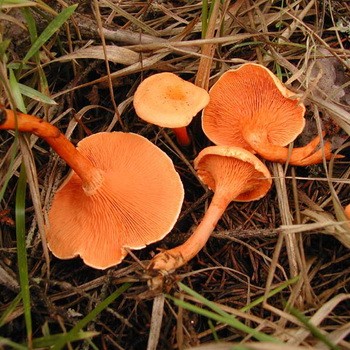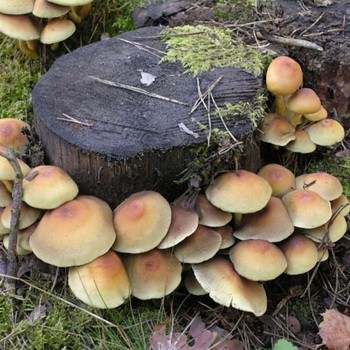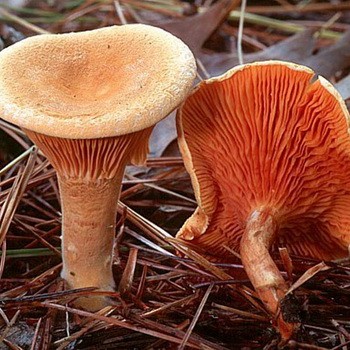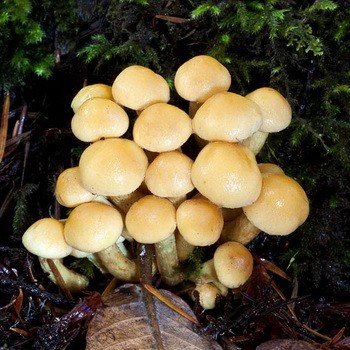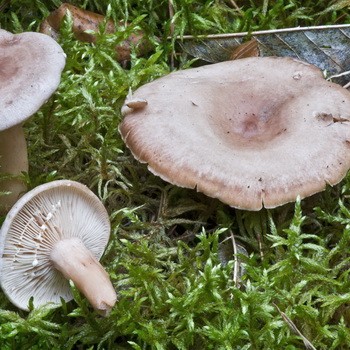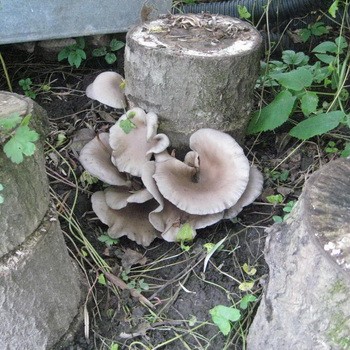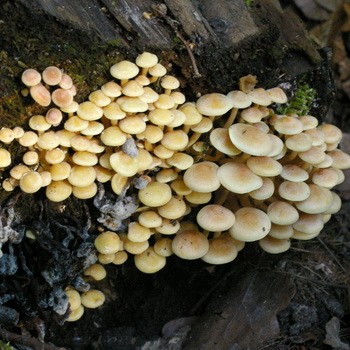How to distinguish false forest oyster mushrooms from edible
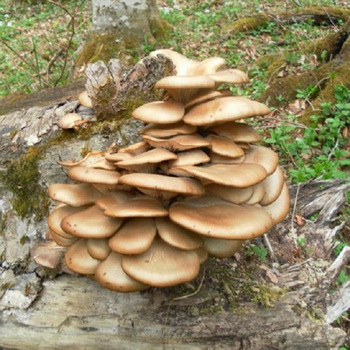
Content
Description of edible oyster mushrooms
Before you understand how to distinguish false forest oyster mushrooms from their edible "colleagues", one important detail should be remembered. The fact is that on our territory there are no poisonous representatives of this species, unless, of course, you collect them in Chernobyl or near Fukushima. A poisonous oyster mushroom double grows only in Australia.
Although false oyster mushrooms grow on the territory of Russia, Ukraine and Belarus, they are not poisonous. They are classified as conditionally edible or inedible mushrooms. But they are almost impossible to confuse with species that are freely eaten.
To date, the most common representative of edible oyster mushrooms is oyster mushroom or oyster mushroom. We suggest that you familiarize yourself with its description in more detail, because knowing the characteristics of this fungus, you can easily distinguish it from false species.
Latin name: Pleurotus ostreatus.
Family: Oyster mushrooms.
Doubles: No. Similarity to the Australian poisonous fungus Omphalotus nidiformis (Berk.) Is mentioned.
Hat: Fleshy, round, resembling an oyster in appearance. The upper part is smooth and glossy, rarely wavy. It has a gray color, brown, violet, white and yellow shades are allowed. The size of the hat varies from 3 to 25 cm in diameter.
Leg: Short, imperceptible, extended from the side of the cap. Smooth, cream or white, closer to the base it becomes fleecy and stiff.
Pulp: Light, dense, juicy and soft. In adulthood, the flesh becomes significantly harder, the appearance of tight fibers is observed.
Application: They are widely popular in cooking. Perfectly suited for pickling, frying, stewing, canning, drying, freezing, pickling and pickling. In medicine, oyster mushrooms are used to make drugs used in the treatment of cancerous tumors, as well as during irradiation and chemotherapy.
Edibility: Edible mushroom, belongs to the IV category.
Spread: Deciduous, less commonly coniferous forests. It grows in all territories of the former countries of the Soviet Union.
In addition, other forest edible oyster mushrooms are less common: carob, steppe, pulmonary and royal.
Are there false oyster mushrooms and photos of how they look
And what about false oyster mushrooms - what do they look like? It should be noted that there are few false oyster mushrooms in our territory. Determining their appearance is easy: they have much brighter shades than edible representatives.
As you can see, among the forest false oyster mushrooms, two of the most common species found in Russia can be distinguished: oyster mushroom orange and wolfwort.These fruiting bodies are not poisonous, but it is impossible to eat them because of the content of excessive bitterness. So, oyster mushroom orange fully justifies its name, because it has a bright and juicy color. The leg of this mushroom is almost completely absent, and the hat itself clings to the bark of the tree. Besides the orange color, this type of fruiting body also has a strange smell. At a young age, they are fragrant with melon, and mature individuals smell like rotten cabbage.
Oyster mushroom orange has a dense fluffy skin and bitter flesh. It grows mainly in deciduous forests with a beautiful fan-shaped family. Today, spores of this type of mushroom are sold in specialized flower shops. Many people use them to decorate the landscapes of their yards, planting them on stumps and tree trunks. Whether or not there are false oyster mushrooms will help to understand the photo below:
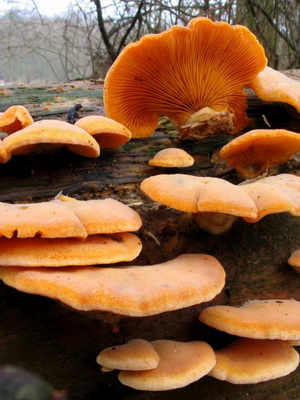

Pineworm wolf or felt also belongs to the category of inedible mushrooms. It lives on dead wood of deciduous and coniferous trees from June to November. The size of the hat is 3 to 8 cm in diameter. The hat is opaque, tongue-shaped, sideways, cream or brown. At a later age, it acquires “rusty” spots. The leg is brownish, almost imperceptible, more often completely absent. The pulp is dense, white, with a break it has a sharp mushroom smell and a bitter taste. Photos of false forest oyster mushrooms can be viewed below.
